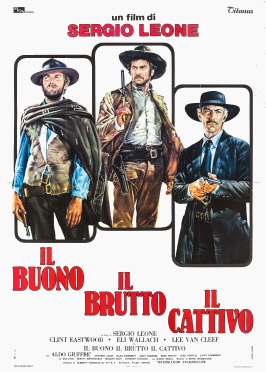 |
| Kurt Russell in Escape From New York |
John Carpenter is a curious kind of auteur, best known for horror flicks and action thrillers that often feature his name before the title, as in "John Carpenter's Escape From New York." I'm not much of a fan of his work, except for his wonderful Starman (1984), which demonstrated once again what a fine actor Jeff Bridges is. Escape From New York stars Kurt Russell, making a determined attempt to escape from Walt Disney, who established him as an all-American boy type in movies and on TV in the 1960s. Here he goes to the other extreme as Snake Plissken, a once-heroic soldier turned criminal. The premise of the film is that crime in America has grown so bad that in 1988 the entire island of Manhattan was walled in as a maximum security prison -- a reflection of the bad rep that New York City got during the 1970s. In 1997, when the film takes place, Snake is arrested and sent to this prison, but at the same time Air Force One has been hijacked and though the president (Donald Pleasance? How did that happen?) bailed out in an escape pod as the plane crashed into the Manhattan prison, he has disappeared. Because of Snake's earlier exploits, he is given a chance to free himself by rescuing the president, but he's implanted with a device that will kill him if he doesn't succeed in the next 24 hours. So he pilots a glider to the top of one of the World Trade Center towers and descends into the anarchy and nightmare that the inmates have made of the city. It's all pretty entertaining slam-bang stuff, with a colorful cast: Lee Van Cleef as a tough cop, Ernest Borgnine as a cabbie who drives a beat-up taxi through what's left of the mean streets of the city-prison, Harry Dean Stanton as an inmate who lives in the public library, Isaac Hayes as the boss of the prison inmates, and Adrienne Barbeau as his mistress. There's a tight-budgeted look to the film, especially when viewed today after the CGI revolution, but it works.


